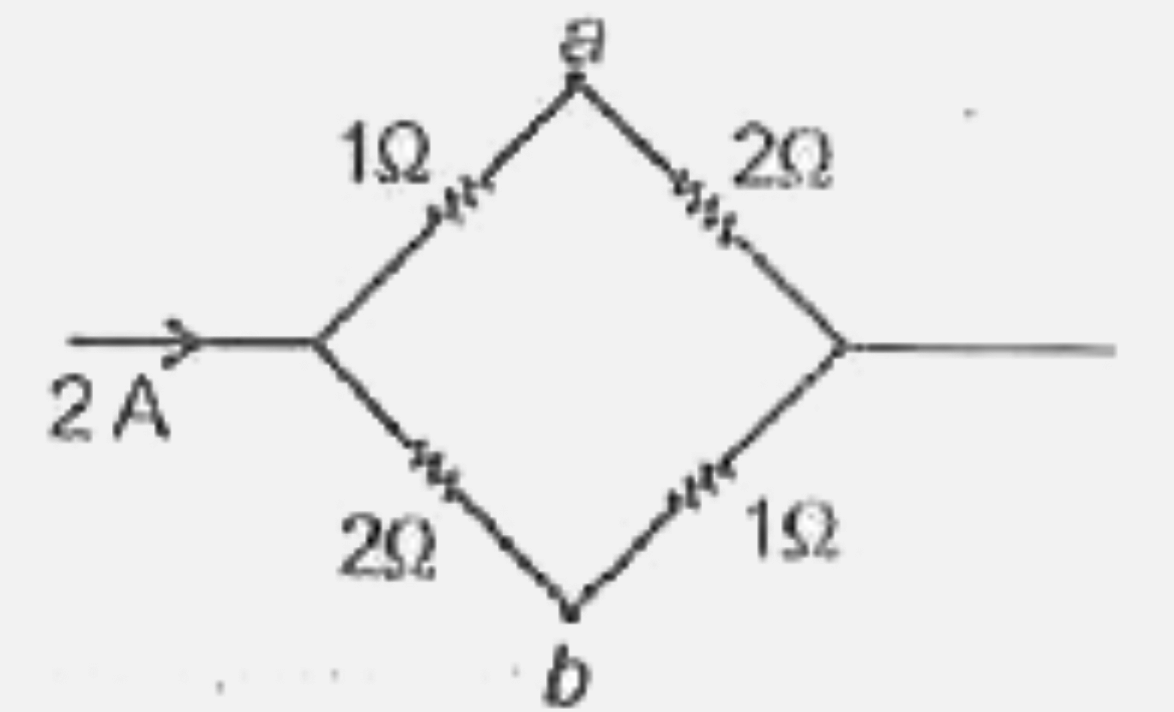Difference between lines, point and plane
To understand the differences between a point, a line, and a plane in geometry, we can break down each concept step by step.
1. Definition of a Point:
- A point is a basic unit in geometry. It is represented as a dot and signifies a specific location in space.
- Characteristics:
- A point has no dimensions; it has no length, width, or thickness.
- It only indicates a position.
2. Definition of a Line:
- A line is a one-dimensional figure that extends infinitely in both directions.
- Characteristics:
- A line has length but no width or depth.
- It can be represented by two points on the line (e.g., points A and B) and is denoted as line AB (written as AB).
- A line can also be understood as the path traced by a moving point in a specific direction.
3. Definition of a Plane:
- A plane is a two-dimensional flat surface that extends infinitely in all directions.
- Characteristics:
- A plane has length and width but no thickness.
- It can be visualized as a flat sheet that goes on forever in two dimensions.
4. Summary of Differences:
- Point: No dimensions, only a position.
- Line: One-dimensional, has length, no width or depth.
- Plane: Two-dimensional, has length and width, no thickness.
- A point is a basic unit in geometry. It is represented as a dot and signifies a specific location in space.
- Characteristics:
- A point has no dimensions; it has no length, width, or thickness.
- It only indicates a position.
- A line is a one-dimensional figure that extends infinitely in both directions.
- Characteristics:
- A line has length but no width or depth.
- It can be represented by two points on the line (e.g., points A and B) and is denoted as line AB (written as AB).
- A line can also be understood as the path traced by a moving point in a specific direction.
- A plane is a two-dimensional flat surface that extends infinitely in all directions.
- Characteristics:
- A plane has length and width but no thickness.
- It can be visualized as a flat sheet that goes on forever in two dimensions.
- Point: No dimensions, only a position.
- Line: One-dimensional, has length, no width or depth.
- Plane: Two-dimensional, has length and width, no thickness.
Topper's Solved these Questions
Similar Questions
In the diagram shown find the potential difference between the points A and B and between the points B and C in the steady state.

View SolutionCalculate the potential difference between the points A and B, and between the points B and C of figure in steady state

View SolutionFind the potential difference between the points A and B and between the points B ans C of figure in steady state.

View SolutionThe potential difference between the point A and B in figure will be

View SolutionFind theh potential difference between points a and b.

View SolutionThe potential difference between the points A and B in the given circuit is

View Solutionfind the potential difference between th point A and B and between the point B and C of figure in steady state.

View SolutionThe potential difference between points A and B is

View SolutionThe potential difference between points A and B is

View SolutionThe potential difference between points A and B is

View Solution
